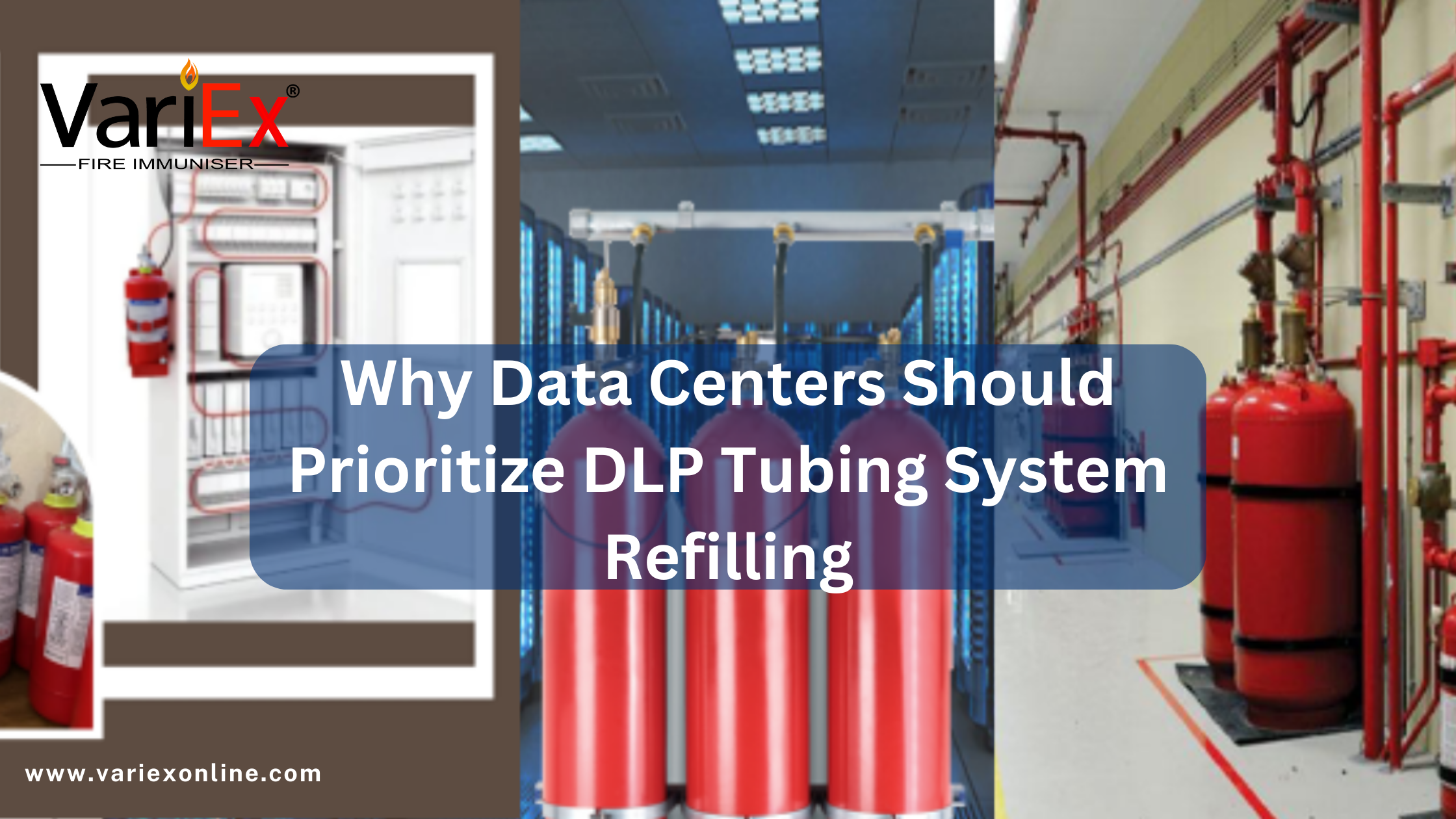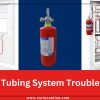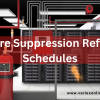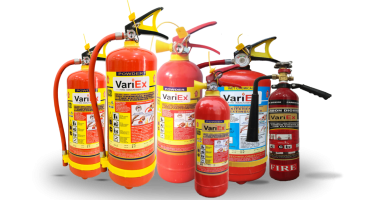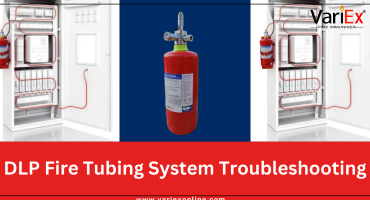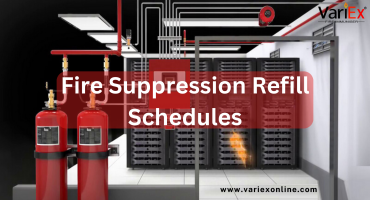![]()
Fire Immuniser
+91-7829629111
Email: info@variex.in
Varistor Technologies Pvt. Ltd.
Block-1, First Floor, Ardente Office One, Hoodi Circle, ITPL Main Road, Bengaluru, Karnataka 560048, IN
Why Data Centers Should Prioritize DLP Tubing System Refilling
Why Data Centers Should Prioritize DLP Tubing System Refilling
Data centers are the backbone of the digital world, housing critical IT infrastructure that supports businesses, governments, and consumers globally. Fire hazards in data centers can lead to catastrophic losses, including downtime, data destruction, and financial setbacks. One of the most effective fire suppression systems for data centers is the DLP (Direct Low-Pressure) tubing system, designed for automatic fire detection and suppression. However, maintaining and refilling this system is crucial for continuous protection.
This blog explores why data centers should prioritize DLP tubing system refilling, the benefits, best practices, and how regular maintenance enhances fire safety.
Understanding the DLP Tubing System in Data Centers
DLP tubing systems are automated fire suppression solutions that detect and extinguish fires at their early stages. These systems use sensitive polymer tubes that rupture upon detecting heat, releasing a fire suppressant directly at the source.
How Does the DLP Tubing System Work?
The tubing acts as both a heat sensor and a delivery mechanism.
When the temperature reaches a critical level, the tube ruptures, releasing an extinguishing agent.
The fire is suppressed before it spreads, minimizing damage.
Importance of Refilling the DLP Tubing System in Data Centers
Regular refilling ensures the system is always ready to combat fire emergencies. Here’s why it’s essential:
A. Prevents System Failure
Without regular refilling, the system may lose pressure or have depleted fire suppressants, rendering it ineffective in an emergency.
B. Ensures 24/7 Fire Protection
Data centers operate round-the-clock, and an unmaintained fire suppression system poses a huge risk to expensive servers and storage units.
C. Reduces Downtime and Data Loss
Fire incidents in data centers can result in significant downtime, leading to financial and reputational damage. Keeping the DLP tubing system refilled ensures quick response and minimal disruption.
D. Compliance with Safety Regulations
Many jurisdictions mandate regular fire suppression system maintenance to comply with safety codes. Neglecting refills may lead to fines and legal complications.
E. Cost-Effective Fire Prevention
A well-maintained DLP tubing system prevents major fire outbreaks, reducing potential damage costs and insurance claims.
Signs That Your Data Center’s DLP Tubing System Needs Refilling
Look for these indicators:





Best Practices for Refilling DLP Tubing Systems in Data Centers
| Best Practice | Description |
|---|---|
| Schedule Routine Inspections | Check tubing integrity and pressure regularly. |
| Use Certified Refilling Services | Hire experts to refill and test the system. |
| Choose the Right Suppression Agent | Ensure compatibility with data center equipment. |
| Log Maintenance Records | Maintain detailed records for compliance and audits. |
| Train Staff on Fire Safety | Educate personnel on how the system works. |
The Consequences of Neglecting DLP Tubing System Refills
Ignoring refilling can lead to:





Choosing the Right Fire Suppression Agent for Data Centers
Common suppression agents used in DLP tubing systems include:
FM-200 (HFC-227ea): Non-conductive and safe for electronics.
Novec 1230: Environmentally friendly with fast suppression.
CO₂ (Carbon Dioxide): Effective but requires safety precautions.
Choosing the right agent depends on data center size, regulations, and environmental considerations.
Conclusion
For data centers, ensuring fire safety is non-negotiable. The DLP tubing system provides excellent fire suppression, but regular refilling is essential to maintain its effectiveness. By prioritizing maintenance and refilling schedules, data center operators can prevent fire damage, reduce downtime, and comply with safety standards.
Act Now: Protect Your Data Center Today!
Schedule a DLP tubing system inspection and refill to ensure uninterrupted fire protection.
Frequently Asked Questions
It depends on the manufacturer's recommendations, usage history, and regular inspections, but generally, annually or after any fire event.
The system may fail to activate during a fire, leading to server damage, data loss, downtime, and non-compliance fines.
No, only certified professionals should handle the refilling process to ensure system integrity, proper pressure levels, and safety compliance.
FM-200 and Novec 1230 are the most recommended because they are safe for electronics, non-toxic, and environmentally friendly.
Not necessarily. Technicians can perform refilling and testing with minimal disruption, ensuring continuous operation.
Final Say
At VariEx.in and VariexOnline.com, we specialize in supplying and installing top-quality fire fighting systems and equipment. From fire extinguishers to advanced suppression systems, we offer comprehensive solutions tailored to your needs. Our experienced team ensures precise installation and maintenance for optimal safety.
Trust VariEx for reliable fire protection. Contact us online or call 7829629111 to learn more.
We specialize in manufacturing, supplying, and distributing a comprehensive range of fire fighting equipment, including state-of-the-art fire extinguishers. Read our most searched blogs and find interesting information on topics such as how to use a fire extinguisher, how to calculate fire fighting water tank capacity, fire extinguisher refilling, obtaining a Fire NOC, understanding fire fighting systems, types of fire protection systems, the fire hydrant system, and the fire sprinkler system. These resources provide essential knowledge for ensuring safety and compliance with fire safety regulations. Additionally, you can explore guides on the maintenance of fire protection equipment, the latest advancements in fire safety technology, and best practices for fire risk assessment and management.
Our expertise extends to fire alarm systems, fire hydrant systems, and fire suppression systems, including fire sprinklers. Each product meets rigorous international standards for reliability and performance, ensuring effective fire safety products tailored to diverse applications and industries. Additionally, we are providing Fire Extinguisher Refilling and AMC services to ensure ongoing maintenance and operational readiness of fire safety equipment.


